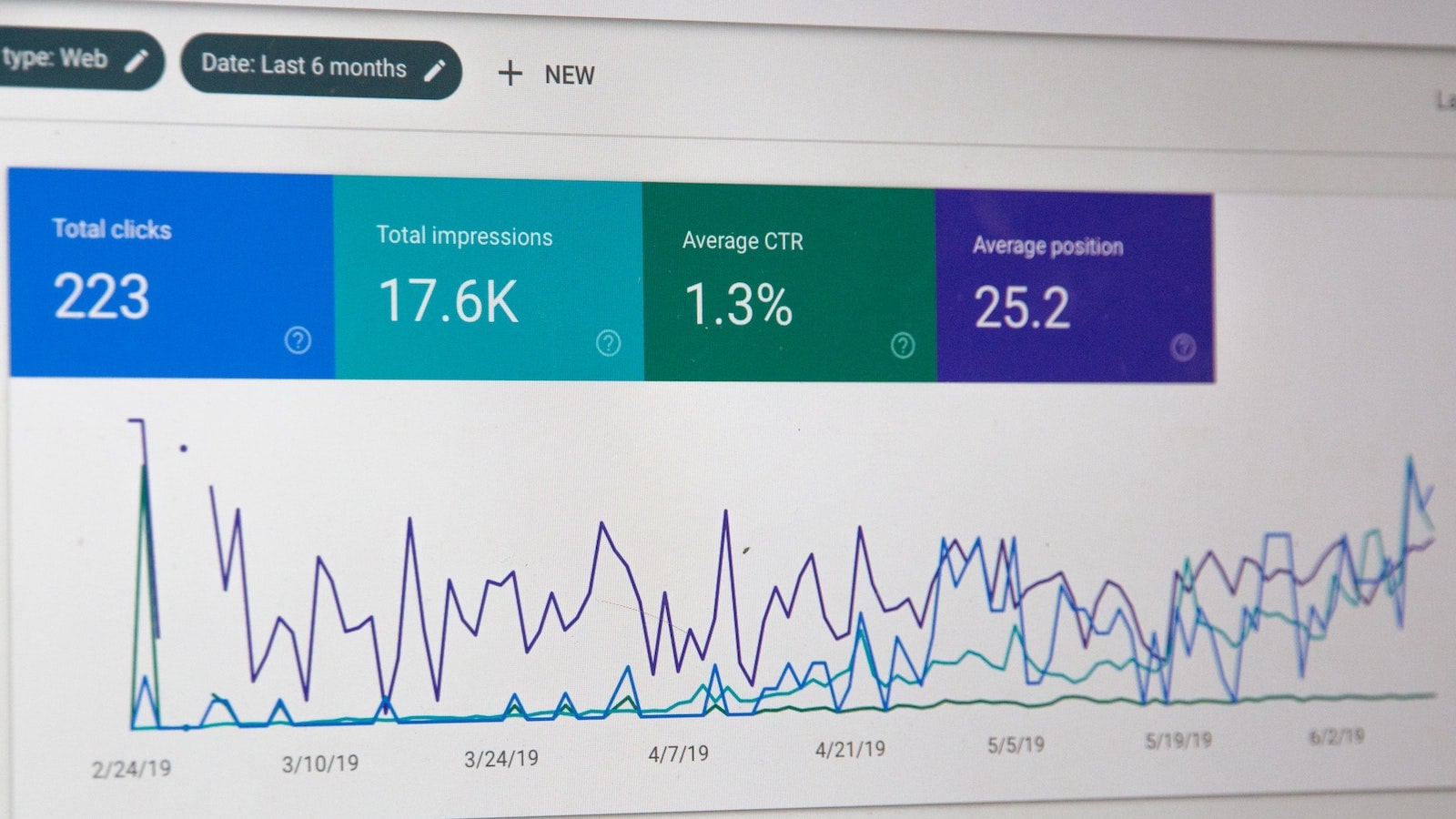You’ve designed your perfect storefront, stocked up on products, and are finally open for business – what an exciting moment! But then…nothing happens. We’ve been there! The difference between a marketplace like Amazon and Shopify is that you’re solely responsible for driving traffic to your Shopify store. We know that getting organic traffic to your online storefront is one of the most difficult challenges merchants will face, so we’ve put together a step-by-step guide how you can propel your store into Google’s rankings and get ahead of your competition, without spending a dime on digital ads.
Where organic traffic may be the hardest for you to gain, it is also the best type of traffic you can get. We’re going to break down our top 5 strategies for directing more organic traffic to your Shopify storefront.
Optimize for Search
This might sound like a fairly obvious strategy, but you’d be surprised how many people build their stores and don’t think about how the wording could impact their traffic. When a user searches for a term on Google, Google will use terms that its bots found when ‘crawling’ your website that are relevant to what the user has searched.
If your store doesn’t include words and terms that you know your customers regularly search, then you’re making it very hard for Google to surface your Shopify store to people searching for your products and thus it’s going to be hard to achieve the levels of organic traffic you’re after.
Some of the most effective places to add keywords include:
- Product Descriptions – Do your descriptions include keywords & features customers might be searching for?
- Product Names & Titles – This is key, and is most likely what people will be searching for so make sure it’s relevant and correct. Google is biased towards headlines when determining relevancy.
- Image Captions & Alt tags – Make sure to describe what’s in your images. If it’s a product, add the product name to a caption to help tell Google that the image is relevant to people searching that product.
Write Guest Posts
Backlinks are a term you may or may not have heard of. In short, a backlink is where another website links to your shop. The more backlinks your storefront has, the better, as your domain authority will grow.
Writing blog articles for blogs within your industry niche is a great way to get backlinks to your store without having to wait for other sites to direct traffic to you. Reaching out to your favorite blogs and seeing if they will accept guest writers is a good place to start.
If you are able to publish a few guest articles each month on sites with an already established domain authority on Google, you’ll be able to use their search engine presence to slowly but surely build a high-quality backlink profile as well as your organic traffic.
Buy a Domain Name for Your Store
While your customers might not mind the yourstore.myshopify.com domain format, it not only looks much more professional to have an actual domain name like yourstore.com, it will also have tangible SEO benefits. You might think that you’re benefitting from Shopify’s own stellar search engine ranking by being under a shopify.com subdomain, but Google actually treats subdomains completely independently from the main shopify.com domain. Custom domain names can be purchased right from your Shopify admin backend for a fair yearly price, so there’s no reason not to give your store that extra level of polish.
Sync Your Products to Google Shopping
Google Shopping is Google’s own aggregated catalog of products from millions of different stores. On search results pages, Google Shopping is often listed first if the user is searching for a physical product. And – you guessed it – that’s where you should be, too! Google Shopping will link directly to your store from a Google Shopping result, so it’s an awesome channel to drive traffic to your shopfront – and best of all, it’s completely free! There are apps in the Shopify App Store that will take care of this task in the background for you, so you don’t even have to manually list your products via the Google Shopping interface.
These are five of our battle-tested ways to help get more organic traffic to your Shopify store without having to break the bank with a high ad-spend. It’s going to take some work, but it’s definitely worth it, because you’ll be profiting from it for the long run. Don’t be too impatient, as it’ll sometimes take up to 3 months for Google to full index any changes you’ve made.
The more traffic you’re getting to your Shopify shop, the more sales you’ll potentially make. Remember, building your organic traffic is an ongoing process and so doesn’t stop with these five tactics! Continue to build on your shop’s search engine presence and stay on top of what your customers are searching for.

